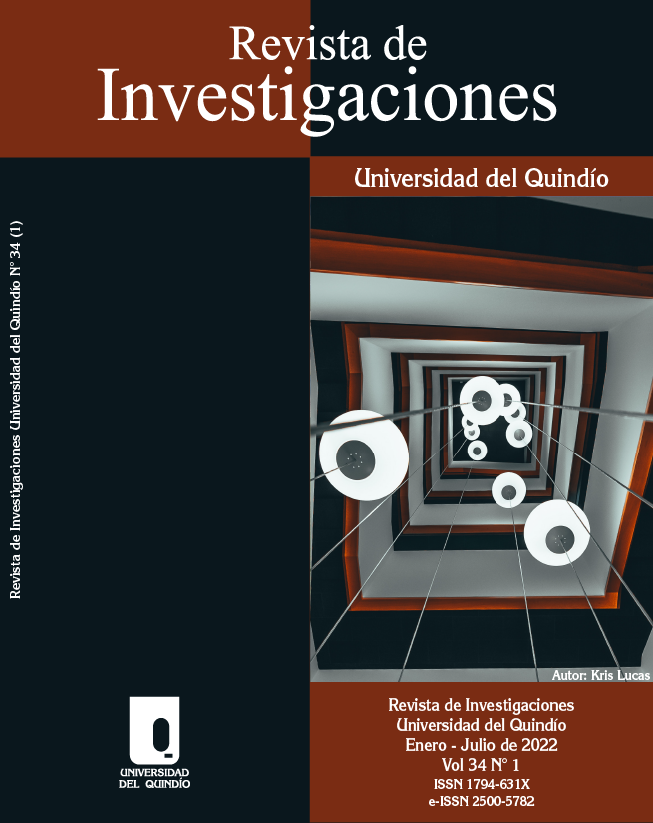Experiencia en desarrollo de recursos humanos de algunos países desarrollados y lecciones extraídas para Vietnam hoy
DOI:
https://doi.org/10.33975/riuq.vol34n1.858Palabras clave:
Desarrollo de recursos humanos, Recursos humanos, desarrollo de recursos humanos en VietnamResumen
Mientras la Cuarta Revolución Industrial avanza con fuerza, los recursos humanos, especialmente los de alta calidad, juegan un papel decisivo en el desarrollo socioeconómico de cada país. Por lo tanto, muchos países dan prioridad a la construcción y el desarrollo de los recursos humanos, porque, en el contexto actual, los recursos humanos plenamente equipados con habilidades y conocimientos contribuirán al desarrollo de las personas, las organizaciones y los países. Desde el fuerte desarrollo económico de los EE.UU., Japón y los países occidentales a mediados del siglo XX hasta el título de “Tigres asiáticos” otorgado a cuatro economías en el este de Asia y el rápido crecimiento de los países de la ASEAN, todo gracias a las políticas de desarrollo de recursos humanos. . Sin embargo, en diferentes países, el desarrollo de los recursos humanos se implementa en diferentes direcciones dependiendo de las condiciones económicas, culturales y sociales de cada país. En Vietnam, después de casi 35 años de renovación, el país ha obtenido grandes logros en el desarrollo de recursos humanos, que se reflejan más claramente en la mejora de la productividad de toda la sociedad, lo que acelera la tasa de crecimiento y mejora la competitividad económica y el potencial nacional. Asimismo, es necesario reconocer que, frente a los recursos invertidos y los esfuerzos realizados, así como a las condiciones y oportunidades ofrecidas, los logros mencionados aún no están a la altura del potencial del país. Por lo tanto, este artículo tiene como objetivo discutir las estrategias de desarrollo de recursos humanos de algunos países del mundo, extrayendo así lecciones para Vietnam.
Descargas
Publicado
Cómo citar
Número
Sección
Licencia
Derechos de autor 2022 Revista de Investigaciones Universidad del Quindío

Esta obra está bajo una licencia internacional Creative Commons Atribución-NoComercial-SinDerivadas 4.0.


